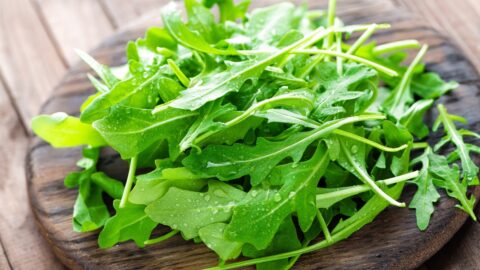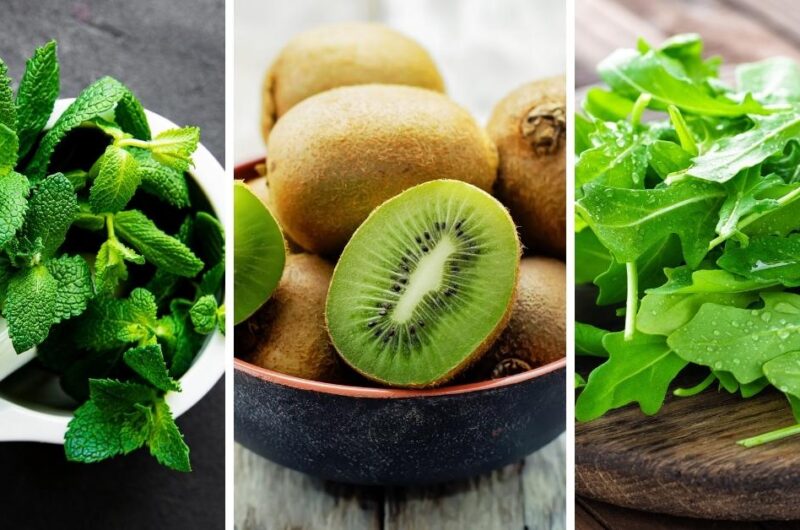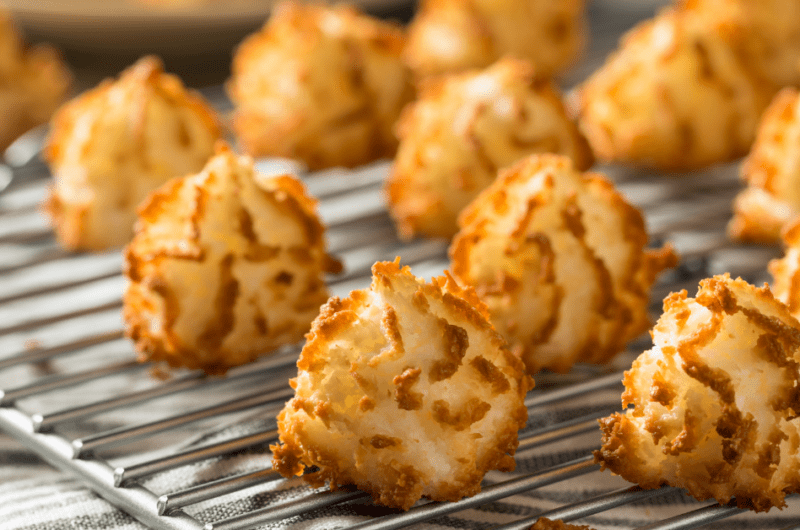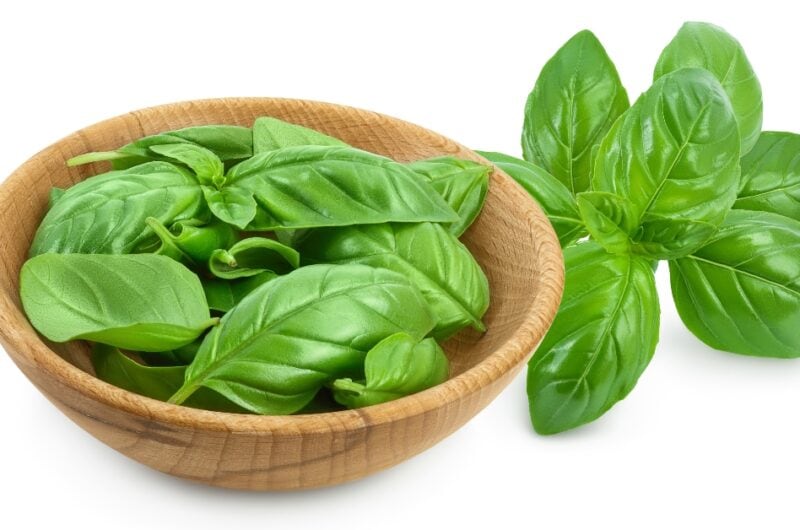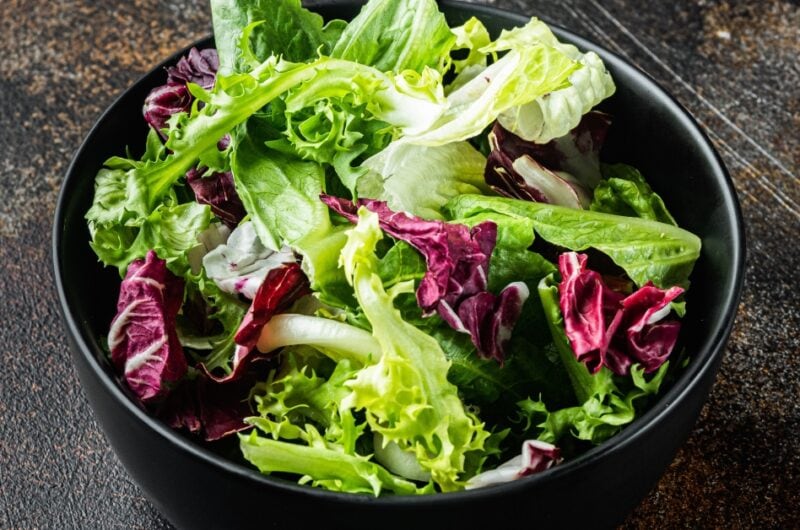


Arugula isn’t your average leafy green. But what is arugula, exactly?
It’s more closely related to cabbage and mustard greens, even though it shows alongside lettuce and other leafy greens.
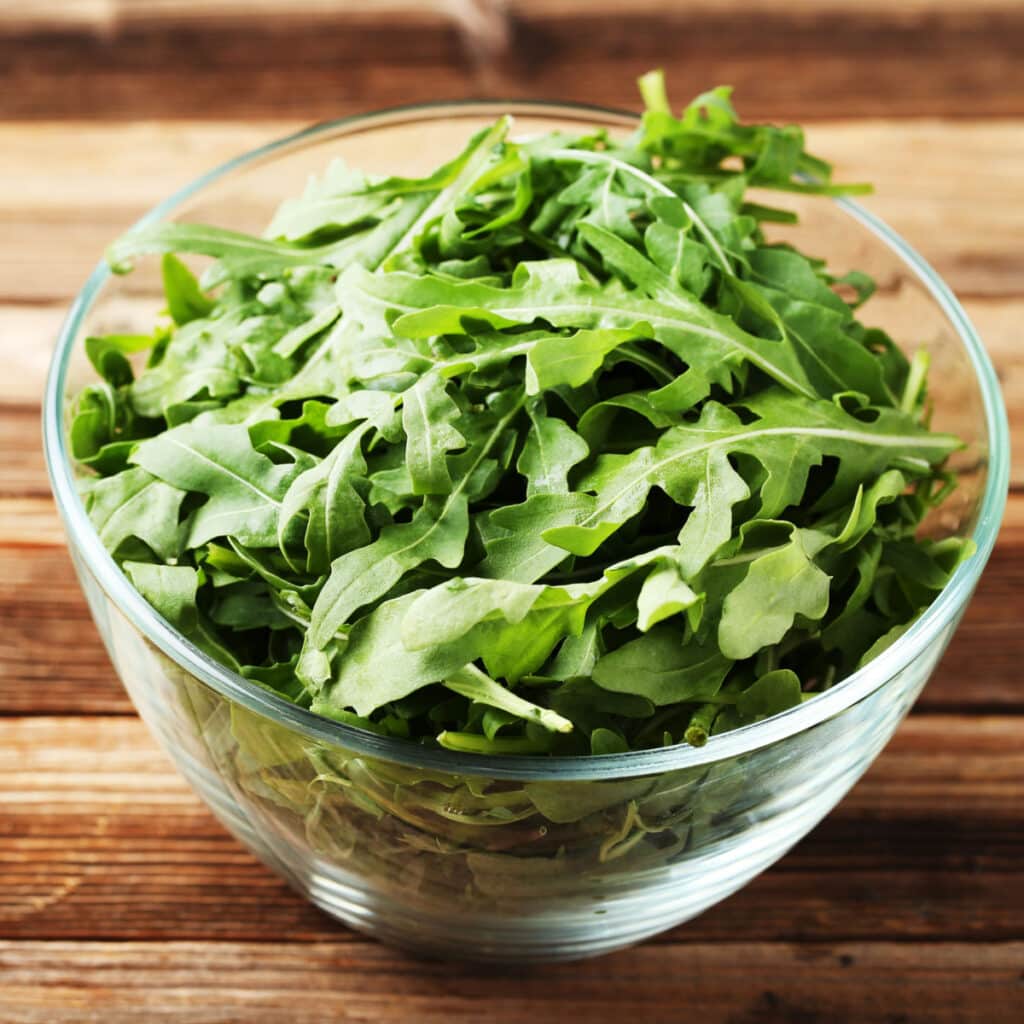
Arugula is in salad mixes, as a burger topping, and even pizza toppings.
It has a unique spicy and peppery flavor giving plain old iceberg lettuce a run for its money.
So, let’s take a closer look at what is arugula, how to use it, and how to get your hands on it for your next summer salad recipe.
What Is Arugula?
Arugula may look like a type of lettuce, but it’s a member of the brassica family with vegetables like broccoli, cabbage, and collard greens.
And it’s a veggie that’s been around for a very long time, despite its recent uptick in popularity.
It was harvested by the Romans and used as a medical herb before finding its way to Italy and the Mediterranean.
Today, arugula pops up in tasty pasta dishes, salads, pizzas, and burgers all over the planet.
What Does Arugula Taste Like?
The flavor of arugula is unlike any other leafy green.
Many describe the flavors of arugula as spicy, peppery, and a little nutty. It’s very similar to mustard greens.
Arugula leaves are light with a subtle crunch, making them perfect for salads.
But unlike lettuce, you can also cook with arugula.
Once cooked, the flavors become milder and mellow, losing their acidic and sour bite.
Cooked arugula is a great ingredient for fresh pasta dishes or a side dish with a drizzle of vinaigrette.
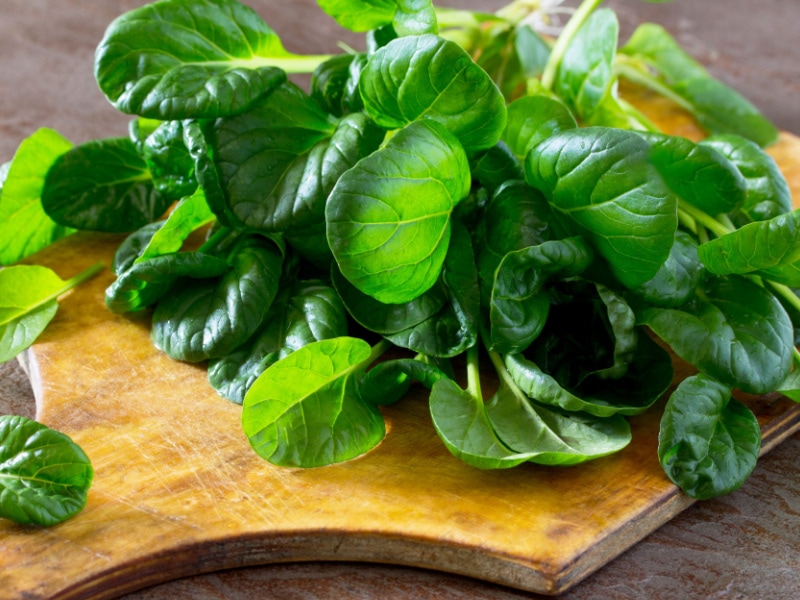
Arugula vs. Spinach (What’s the Difference?)
Arugula and spinach might run in the same salad circles but are completely different veggies.
Spinach is a member of the amaranth family, along with beets and quinoa.
Whether cooked or raw, spinach has a delicate sweetness and mild flavors.
On the other hand, arugula is spiky, peppery, and nutty without a hint of sweetness.
While they are often used the same way in salads or cooked dishes, the finished product will taste wildly different!
Spinach dishes are sweet and mild, and arugula dishes are peppery and spicy!
Arugula Varieties
Did you know that there are different varieties of arugula? Let’s break down some of the most popular types.
- Rocket. Rocket is what you likely have at your local grocery store. It’s the peppery benchmark. When you think of arugula, it’s likely rocket.
- Astro. Astro is a little on the mild side. What’s great about Astro is that the pretty white flowers are also edible and make an excellent garnish.
- Red Dragon. Despite its scary name, red dragon is surprisingly mild. It earns its name from the red streaks running through the leaves and has a mild peppery flavor.
- Wasabi. If you are a fan of spice, you’ll love the horseradish flavors of wasabi arugula. It’s intensely spices and pairs very well with Japanese cuisine.
- Selvatica. Selvatica is the arugula you want when cooking. It’s a little more hearty than other varieties and holds up to heat incredibly well.
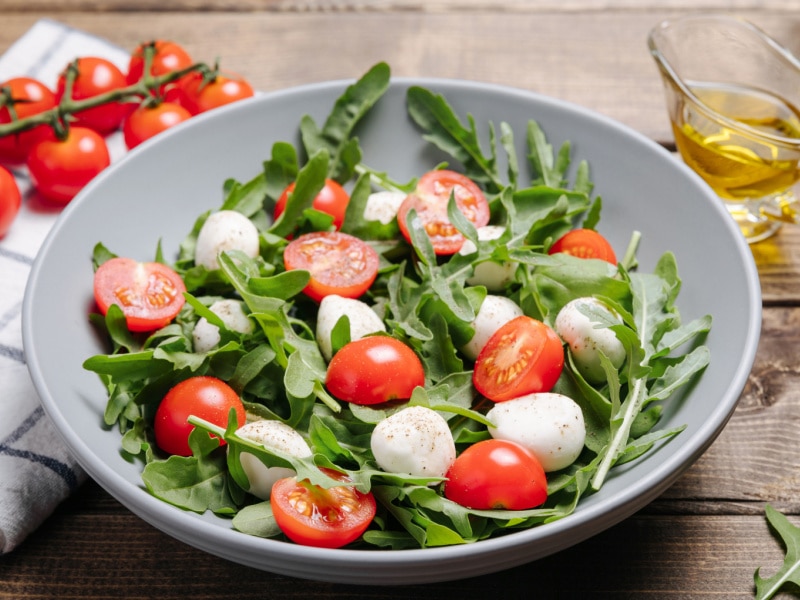
Ways to Use Arugula
Arugula’s claim to fame is in raw salads.
It offers a spicy, nutty finish that pairs well with spinach’s sweetness or the earthy kale flavors.
Because it’s rich and spicy, it pairs best with a lemony vinaigrette that tames its bold flavors.
And arugula is hearty enough for cooking. Arugula takes flavors to a whole new level, whether sauteed, tossed in a soup, or used in light pasta dishes.
Did I mention sandwich toppings? Give ice burg lettuce the night off and top a juicy cheeseburger with arugula.
The spicy, nutty notes are perfect with a juicy cheeseburger.
Where to Buy Arugula
If your local grocery store sells greens, arugula is in there somewhere!
If the type of arugula isn’t listed on the packaging, it’s likely rocket arugula. Tracking down other varieties requires extra effort.
For a wider array of arugula, opt for a specialty market with a large veggies section, or head down to your local farmer’s market.
Arugula comes into season in the early spring and fall, so keep your eyes peeled as soon as it comes into season!
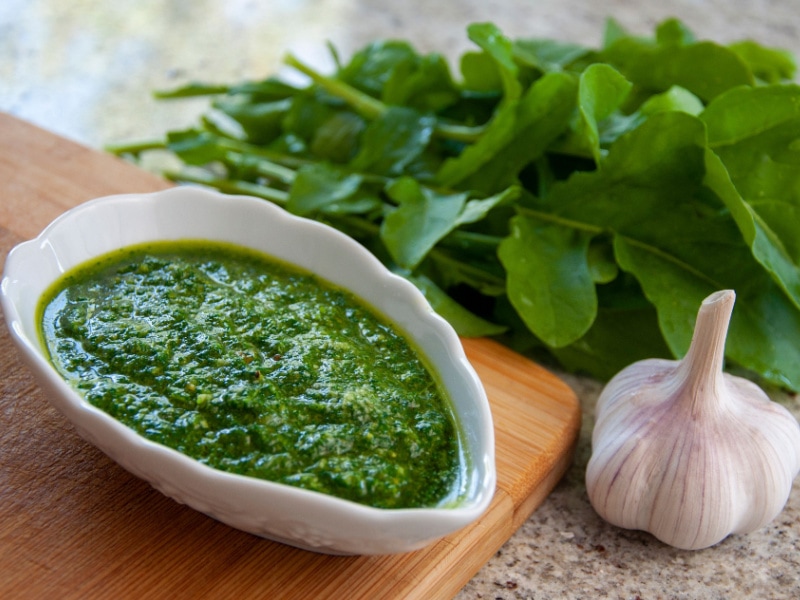
How to Store Arugula
Arugula will stay fresh for up to 6 days in the fridge when prepared correctly.
But before you store it, you have to take a few extra steps to ensure it stays fresh.
The most important thing you must do is wash your arugula, even if you aren’t using it immediately.
Washing away sand and dirt also washes away harmful bacteria that make it turn more quickly, even when in the fridge.
Arugula also loves moisture. Store it in a bag with a wet paper towel, and pop it in the vegetable crisper.
As you approach the 6-day mark, some of the leaves may start to wilt. Eating it is still perfectly fine. Just discard the yellow or brown leaves.
Freezing arugula is certainly an option, but it’s not ideal.
After being stored in the freezer, you lose the crispy texture of the leaves, and it just won’t taste the same.
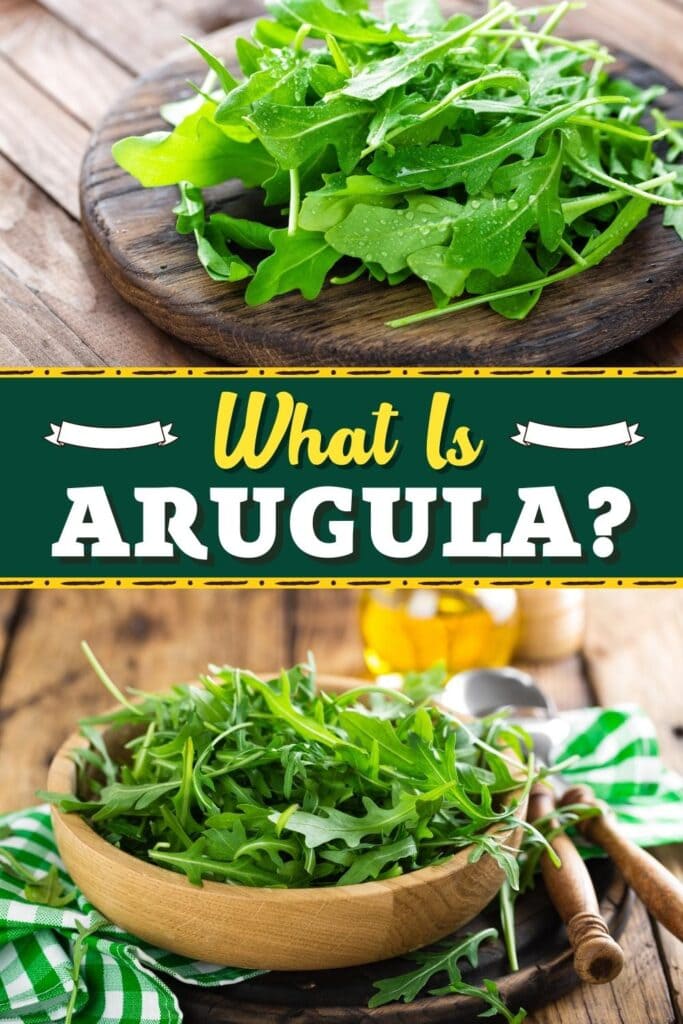
Did you like the recipe?
Click on a star to rate it!
Average rating 5 / 5. Vote count: 5
No votes so far! Be the first to rate this post.
We are sorry that this post was not useful for you!
Let us improve this post!
Tell us how we can improve this post?

